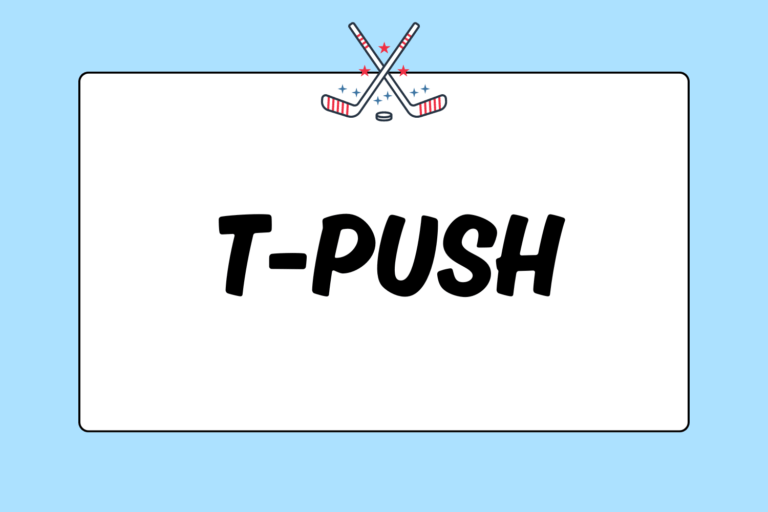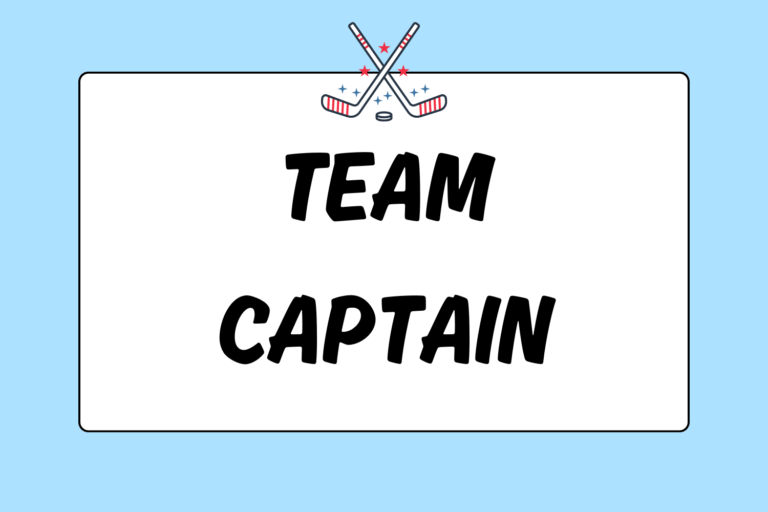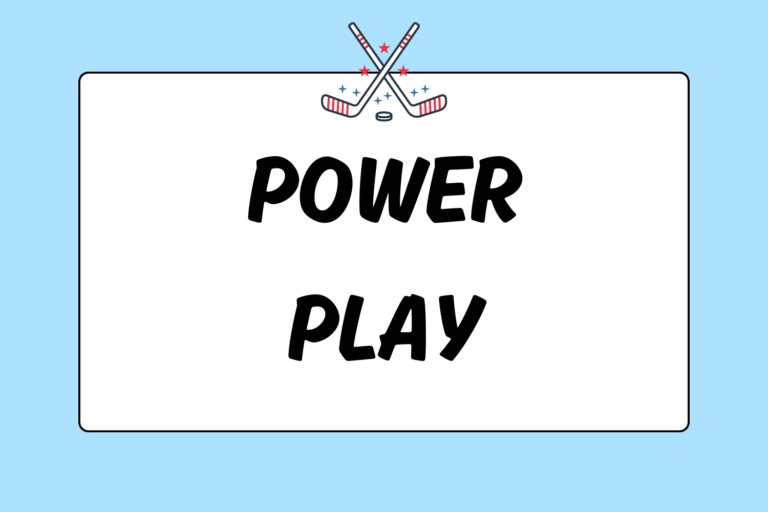As the technology for ice hockey equipment has progressed, shot blocking has become an increasingly important skill for all forwards and defensemen to learn. While in the past shot blocking was considered dangerous and an act of desperation, this is no longer the case. Coaches now expect players to learn to shot blocking and be ready to do it when the time calls.
However, just because modern protective equipment has made major leaps and strides doesn’t mean shot blocking is completely safe. It’s still dangerous. This guide outlines when and how to properly and safely block shots.
Deciding to Block a Shot
When an opponent is about to shoot the puck, the defender has the decision of whether or not to block the shot. The decision to commit — whether it be committing to blocking the shot or to not blocking the shot — is incredibly important. If a player doesn’t fully commit, he’s much more likely to screen his goalie or cause a troublesome deflection.
Once the decision to block the shot has been made, the defenseman should attempt to close the gap between him and the puck (if there’s time). Lessening the distance between the shot blocker and the puck increases the chance the shot will actually be blocked (the same way a goalie playing out of his net appears to cover more of the net).
At this point, you need to decide how you want to position your body to block the shot. There are three options, each with pros and cons:
Hot Tip: Use a Foam Puck
Shot blocking is one of the hardest skills to practice. The act is dangerous enough — even in practice — and can lead to an injury. Recently, though, equipment manufacturers have started selling foam-cored pucks. These behave very much like regulation pucks, but are lighter and softer. They allow players to work on their form while blocking live shots, but without having to worry about injury. When practicing shot blocking, always use a foam puck!
Standing
Blocking a shot standing up minimizes the chance of injury. Further, if the defender has closed enough of the gap and is positioned perfectly between the puck and net, a standing block will increase
the chance to stop the shot, regardless of how high the shot is. The drawback to this method is that if the defender fails to block the shot, he will likely screen his goalie.
Sliding
Blocking a shot while laying down and sliding is the most dangerous method, but it has two major benefits:
- The player will not screen the goalie at all.
- If the defender isn’t directly in front of the shooter, sliding allows him to cover the distance and get in blocking position at the same time.
The main drawback to this method is that if timed poorly, the defender will be out of position and the shooter will have a clear and uncontested shot at the net.
Kneeling
Blocking a shot while kneeling — on one or two knees — combines some of the benefits of standing and sliding blocks. Kneeling is generally not as dangerous as sliding. Kneeling blocks can be done in motion (like sliding ones). Further, while kneeling to block a shot, a defending player can place the shaft of his stick flat on the ice to take away low shots (or passes).
Face Away
Regardless of how a defender blocks a shot, he should always turn his face away from the shooter as the puck is shot. This is true regardless of how much facial protection (cage, visor, or none) the player is wearing.
Free Hand
When blocking a shot, one hand should be on the stick for sweep checks, to take away passing lanes, or to block low shots. The other hand will be free. Players who don’t use full cages should use this hand to cover their face at the moment of the shot. The proper way to cover the face is to place the palm over the face, which leaves the face and hand as safe as possible. Players should never block a shot with their open palm, as this is one of the least protected areas of the body.
Everyone Should Learn to Block Shots
All forwards and defensemen should know the basics of shot blocking, regardless of how often they actually attempt to block a shot. Big games can be decided by a single goal, shot, or play. Because of this, everyone on the ice should know how to safely block a shot and be ready to put their bodies on the line when their team needs them.





